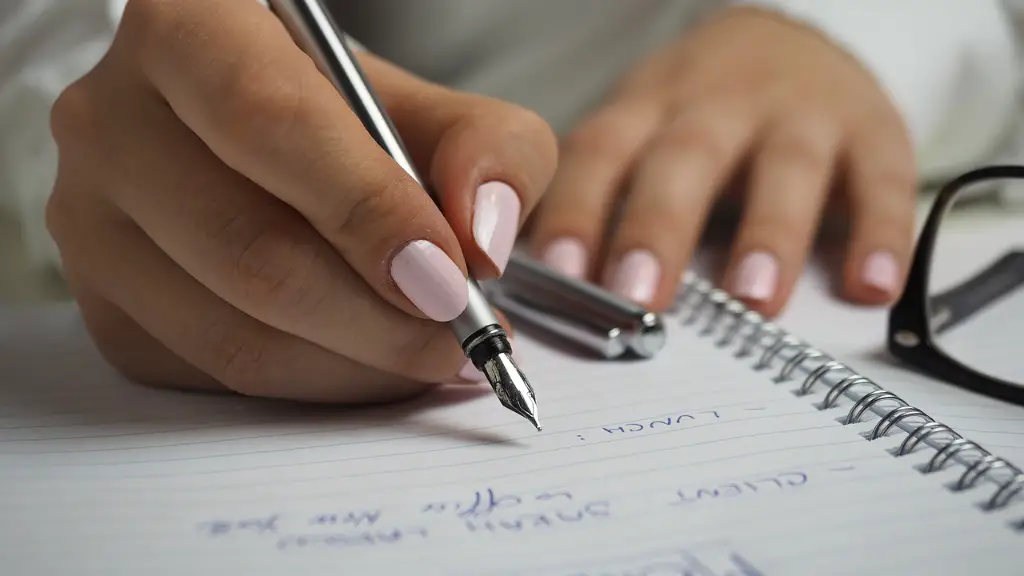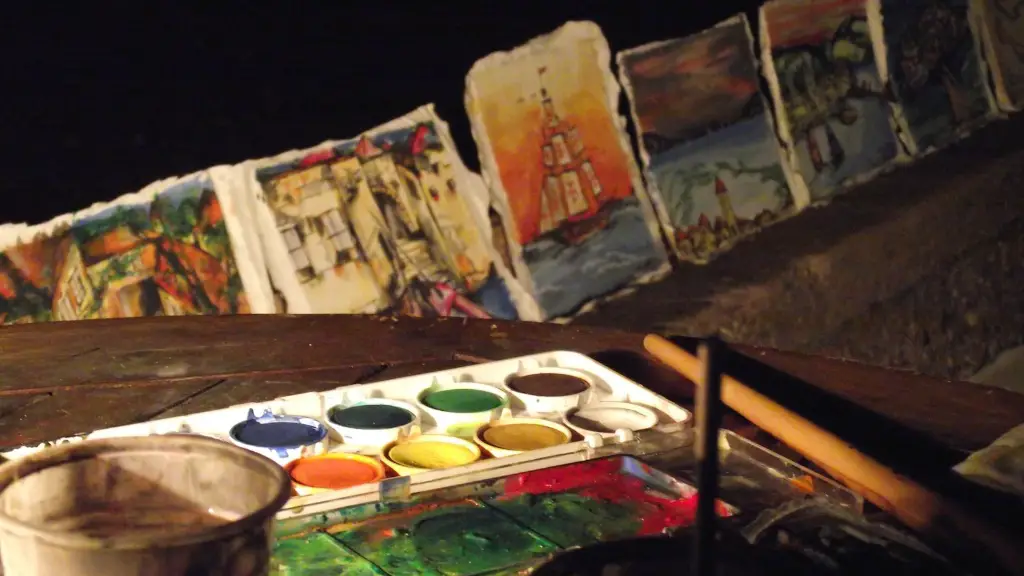Types of Poetry
Poetry is a form of literature that can express emotions and theories in a more artistic manner. It is typically broken down into different categories based on structure, techniques, and rhyme scheme. The most popular styles include rhyming, free verse, tanka, sonnets, and haiku. To make the most out of poetry, it is important to understand the different types of poems and the elements that make them unique.
Rhyming poetry is the most common type, making use of the same pattern of rhyme throughout the text. Usually, this pattern involves alternating between lines of Rhyme A and Rhyme B in consecutive stanzas. Free verse poetry is the opposite of rhyming in that it does not use a consistent pattern of rhyme or meter. This style of poetry encourages expression and allows for exploration of individual creativity.
Tanka is a type of poem that follows a five-line pattern and is often used to capture and express deep emotions. Sonnets are a classic form of poetry that use 14 lines divided into two verses. They often follow the ABBA ABBA CDE CDE rhyme scheme, and the subject matter usually centers on romantic love. Haiku is another popular style of poetry, with three lines of five, seven, and five syllables. They are often used to discuss nature and the beauty of the world around us.
Poetic Technique
Poems are also grouped by the techniques they rely on to create meaning. Imagery is one of the most commonly used techniques, which involves the use of symbols, metaphors, and vivid descriptions to evoke a certain emotion or interpretation. Metaphor is a type of imagery that compares two things or ideas without using ‘like’ or ‘as’. Personification is when an inanimate object or idea is given human characteristics to bring it to life.
Another traditional poetic style is the use of alliteration, which combines words that begin with the same letter. This technique gives the poem an interesting flow and emphasizes the syllables and meaning of certain words. Onomatopoeia is when words are used to resemble a sound. This gives the poem a vividness and makes the words more relatable and understandable to the reader.
Other techniques include narrating stories and using emotional triggers to evoke different reactions in readers. Repetition is also popular, which involves repeating certain words, phrases, or ideas to create emphasis. This is especially useful for creating a sense of urgency or importance in the poem.
Metrics and Structure
Structuring a poem is essential for making sure the text is easy to follow. In English, the only real requirement for a poem is for it to have lines, but poems can also be divided into stanzas, couplets, and verses. It is also important to consider the cadence and rhythm of the poem, which is often referred to as the poem’s ‘metre’.
This is usually dependent on the language being used, but a regular metre is often preferred for English-language poetry. The meter of a poem is often measured in feet, with each foot being a single beat. Common metres used in poetry include iambic pentameter, trochaic tetrameter, and anapestic trimeter.
Rhyme Scheme
Another key factor to consider when writing a poem is its rhyme scheme. This is the pattern of rhymes that is used throughout the poem, often written out in a diagonal form. Common rhymes used in English-language poetry are end rhymes, which occur at the end of lines; internal rhymes, which occur in the middle of lines; and slanted rhymes, which occur between similar-sounding words near the end of lines.
The rhyme scheme used in a poem should fit with the subject matter and the overall tone of the text. Finding the balance between an interesting pattern of rhymes and an easily understood message can be difficult but will ultimately create a poem that is enjoyable to read and expresses ideas in an effective manner.
Editing and Revision
After the poem is written, it is important to edit and revise it to ensure that it is complete and effective. This is a multi-step process that begins with reading through the poem and making sure that everything makes sense and flows together properly. After this, the poem should be read aloud to check for incorrect rhythms and metre.
It is also important to consider the way the words interact with each other and the overall message of the poem. Finally, once the poem has been checked for accuracy and flow, the last step is to consider the presentation of the poem itself. This includes making sure the font and layout are pleasing to the eye and is appropriate for the poem.
Purpose of Poetry
The purpose of poetry is to create beauty through language, rhythm, and emotion. It is a unique form of storytelling that allows the writer to explore his or her own creativity and express their thoughts in a novel way. Poetry encourages exploration of different ideas, opinions, and perspectives and can be used to express strong emotions and experiences.
Poetry is also a great way to study and appreciate language, as each word and sentence take on a new significance. Every poem is unique and has the potential to create something completely new and beautiful. Poetry is an art form that allows people to express themselves and share their feelings in a creative and meaningful way.
The Evolution of Poetry
The history of poetry has undergone a vast transformation over the years, with different styles and techniques being developed as the years went on. In the past, poetry was usually seen as a tool of religious or political engagement, but today it is seen as a medium for self-expression.
The modern poetry movement began in the early 19th century with the works of Romantic poets like William Wordsworth and Lord Byron. This movement emphasized the importance of emotion and self-expression in writing, which led to a more diverse range of styles and techniques.
Since then, there has been a great deal of experimentation and exploration of different styles and techniques, as well as a growing acceptance of more niche forms of poetry such as rap and spoken word. The evolution of poetry has led to a more diverse range of writing, which can be seen in the numerous poetry slams and festivals that take place today.
Poetry Communities
Throughout the years, poetry has become an increasingly popular form of expression, with many organizations, collectives, and communities cropping up around the world. These communities are dedicated to exploring the beauty and power of poetry, and often provide resources, guidance, and support for aspiring writers and poets.
These communities often provide a platform for writers and poets to showcase their work, and can provide a sense of belonging and support to those who feel isolated or misunderstood. Furthermore, they can often be a great source of inspiration and guidance, as they allow literature enthusiasts to come together and share knowledge.
The Impact of Poetry
Poetry can have a profound effect on both the reader and the writer. Through its lyrical and emotive language, it has the power to move and inspire its readers by providing a new perspective or helping them to connect with their emotions.
It can also provide a sense of release and comfort for the writer who is able to take the thoughts and feelings that are often too difficult to verbalize and express them in a creative and meaningful way. Poetry has the potential to create a ripple effect that can result in new ideas and understanding.
Conclusion
When reading or writing poetry, it is important to take into consideration all of the elements that make up the poem. This includes considering the type of poem being written, the techniques used, the structure and metre, the rhyme scheme, and the overall purpose of the poem.
Once these elements have been established, the poem can be revised and edited to make sure it is complete and effective. Poetry is an art form that allows people to explore their own creativity, share their emotions, and connect with others. It can be used to tell stories, express opinions, and evoke deep feelings in both the writer and the reader.


